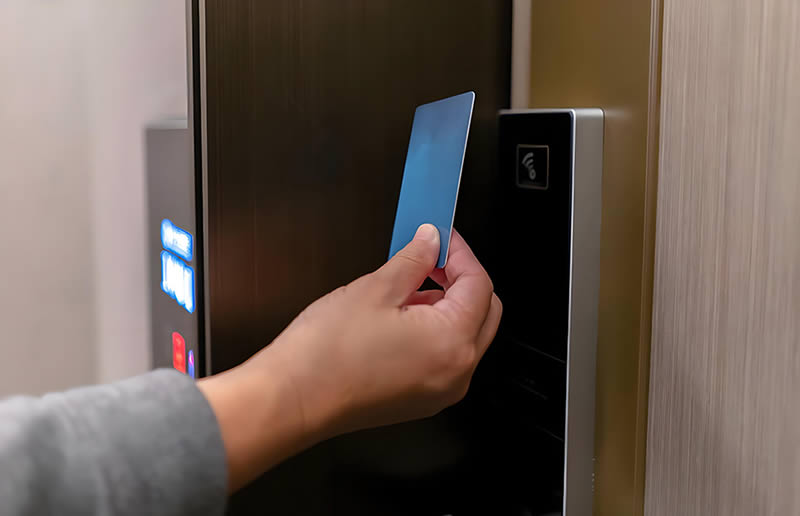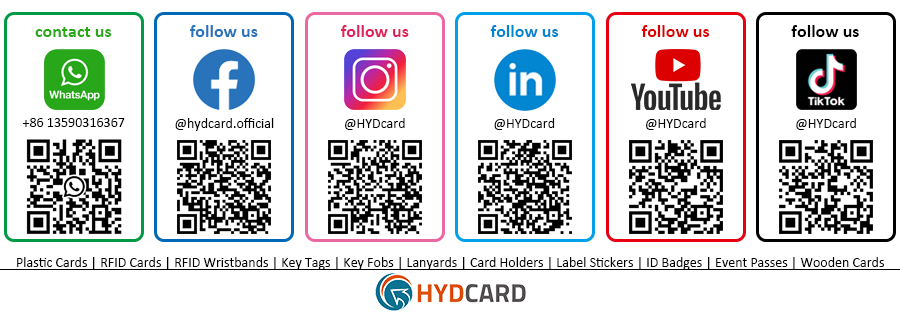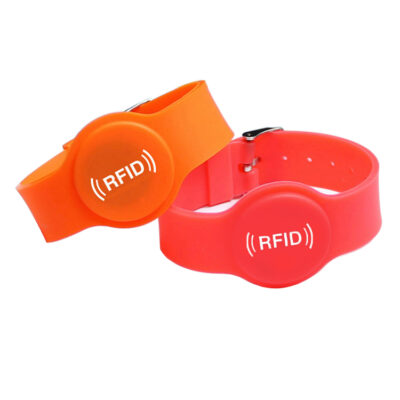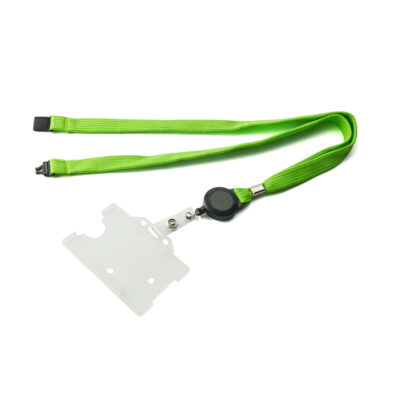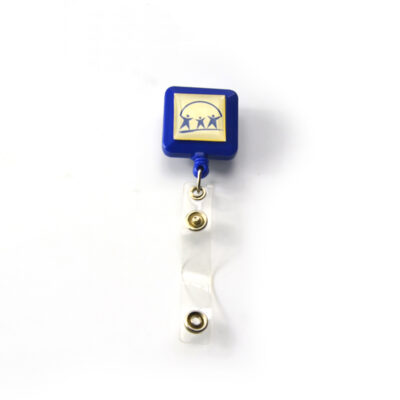The Wiegand protocol is a widely used communication standard for access control systems. It facilitates the transmission of data between card readers and control panels, making it a vital component of security systems that use smart cards.
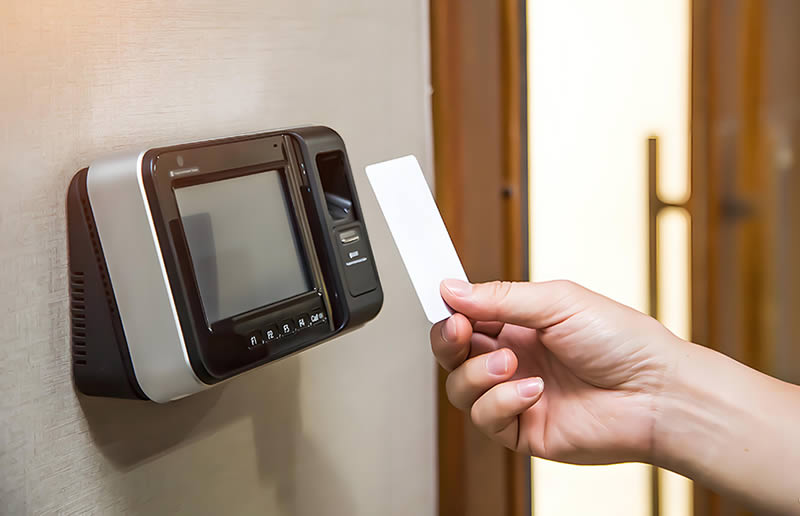
What is the Wiegand protocol?
The Wiegand protocol was developed in the 1970s and was originally designed for use in access control systems. It defines a method for transmitting data from a card reader to a control panel using a series of electrical pulses. The protocol typically uses two data lines: Data 0 (D0) and Data 1 (D1). Each line transmits a binary signal, where a pulse on Data 0 represents a binary “0” and a pulse on Data 1 represents a binary “1”.
The Wiegand protocol can transmit a variety of data formats, including card numbers and device codes, which are critical for identifying users and granting access rights. The standard Wiegand format can support card numbers of varying lengths, typically 26, 34, or 37 bits.
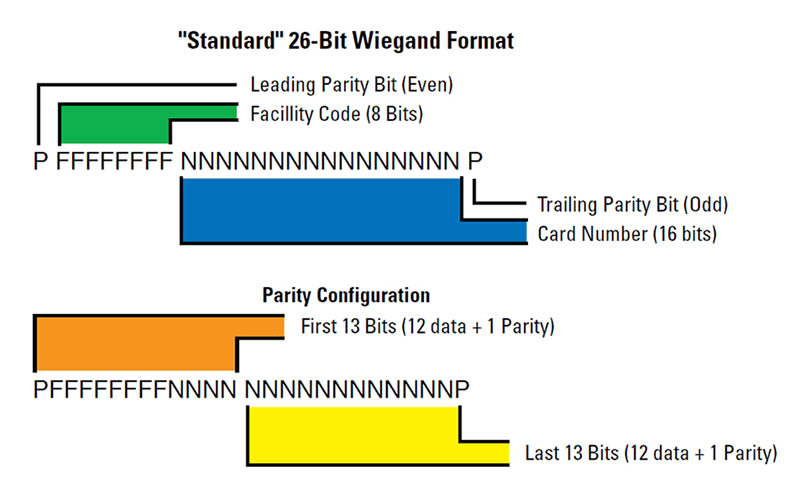
How does the Wiegand protocol work?
When a user presents a smart card to a Wiegand-compatible reader, the reader scans the embedded data, which usually includes a unique identifier. The card reader converts the data into a series of electrical pulses according to the Wiegand protocol, sending it to the control panel via the Data 0 and Data 1 lines. The control panel receives the signal and interprets the data according to the Wiegand format. It then compares the card information with the database to determine whether to allow or deny access. If the card is valid and the user has the necessary permissions, the control panel activates the door lock or access point to allow entry.
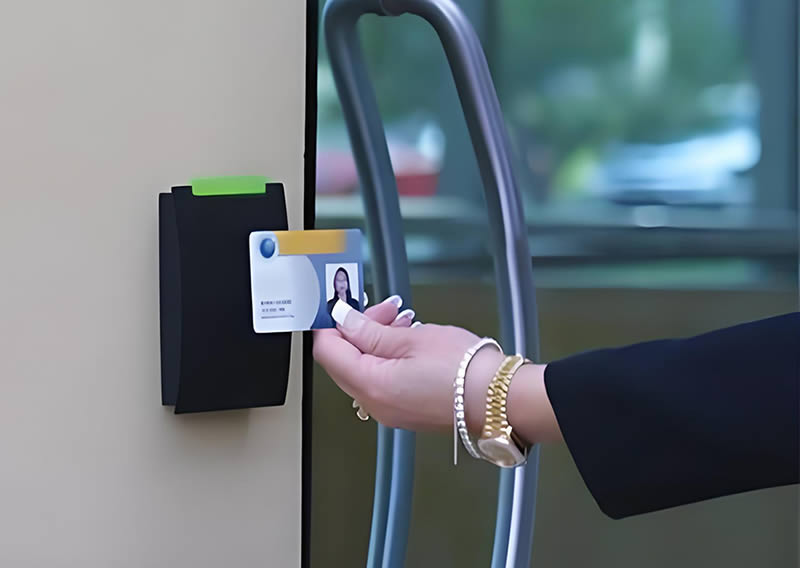
The role of smart cards
Smart cards are an advanced identification technology that can store more data than traditional magnetic stripe cards. They are usually embedded with a microchip that can perform various functions, such as encryption and secure data storage. When used with the Wiegand protocol, smart cards can improve the security and functionality of access control systems.
Enhanced security: Smart cards can integrate advanced security features, such as encryption and biometric data, making them more secure than standard cards. In environments where sensitive information is processed, this additional level of security is critical.
Data storage: Smart cards can store large amounts of information, including user credentials, access rights and transaction history. This enables more complex access control systems to be constructed to accommodate a variety of security needs.
Compatibility: Many smart cards are designed to be compatible with Wiegand protocol readers, enabling organisations to upgrade their security systems without replacing existing infrastructure.
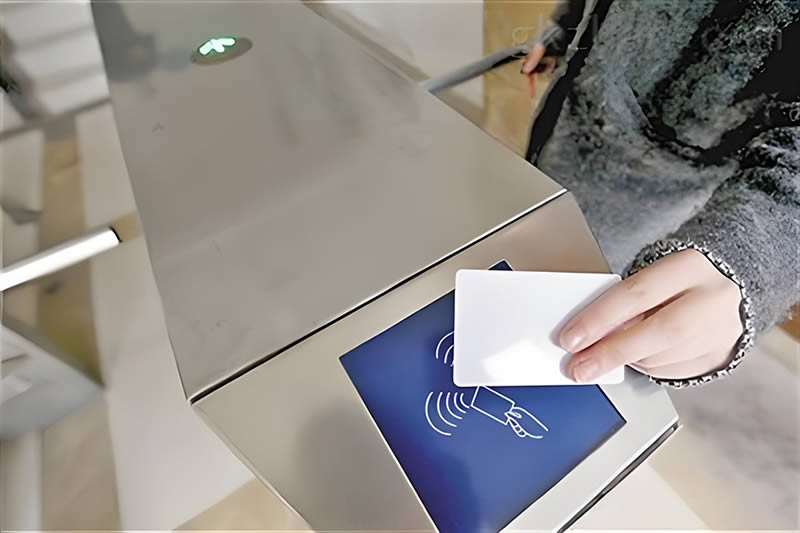
The Wiegand protocol remains the foundational technology for access control systems, providing a reliable method for data transmission between card readers and control panels. When used in conjunction with smart cards, the Wiegand protocol can enhance security and functionality, making it an ideal choice for organizations looking to improve access control measures. As technology continues to develop, the integration of smart cards with the Wiegand protocol is likely to play a major role in shaping the future of secure access control solutions. HYDcard is a professional smart card service. If you need customized smart cards, you can order them here.
